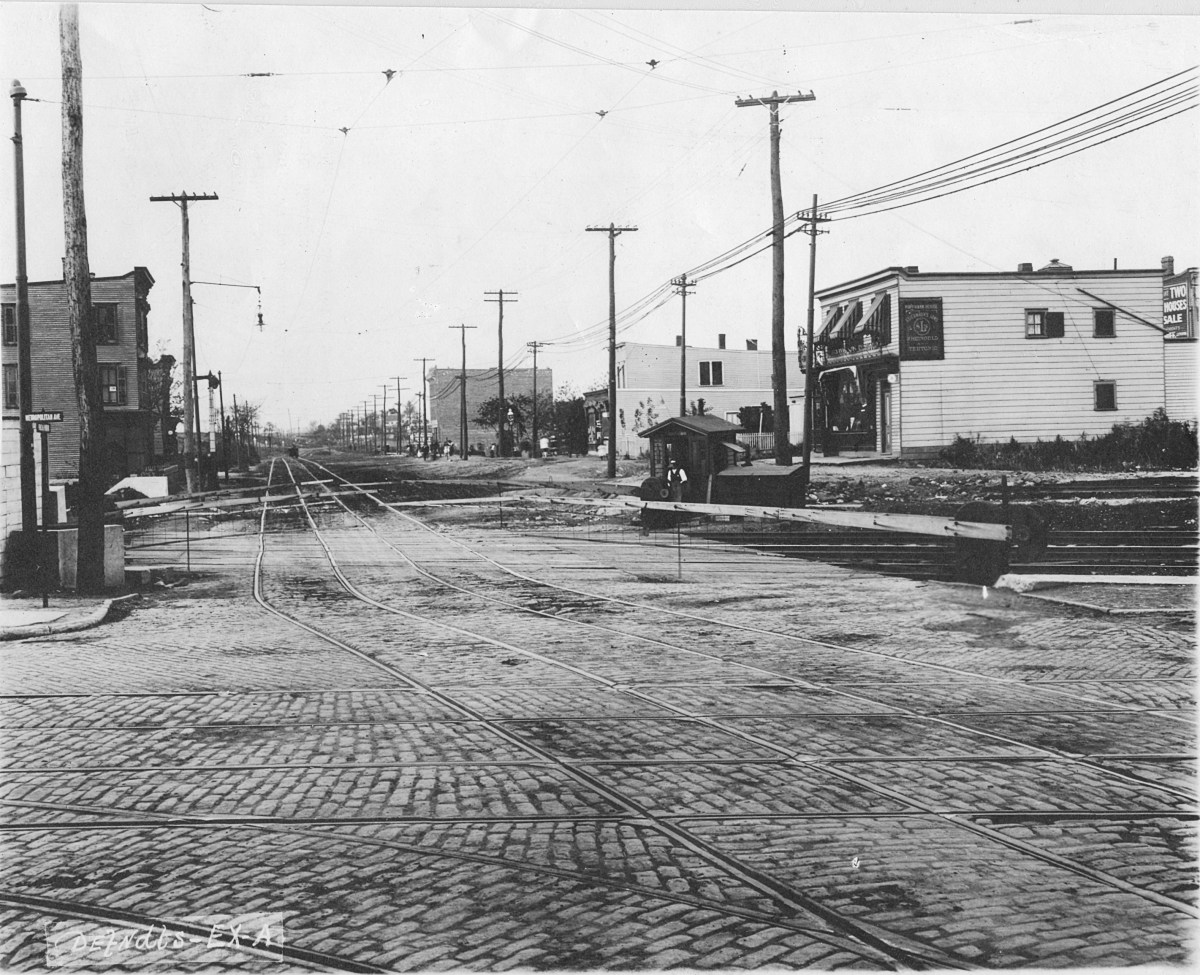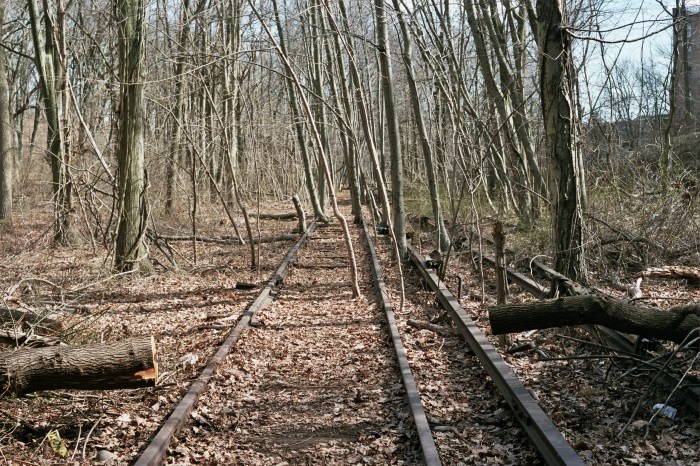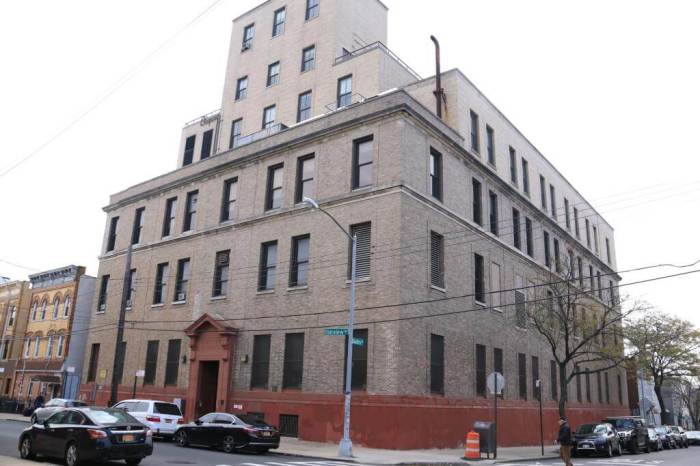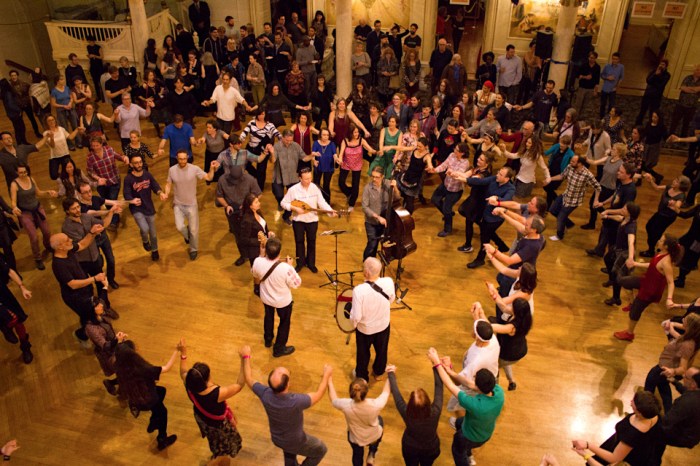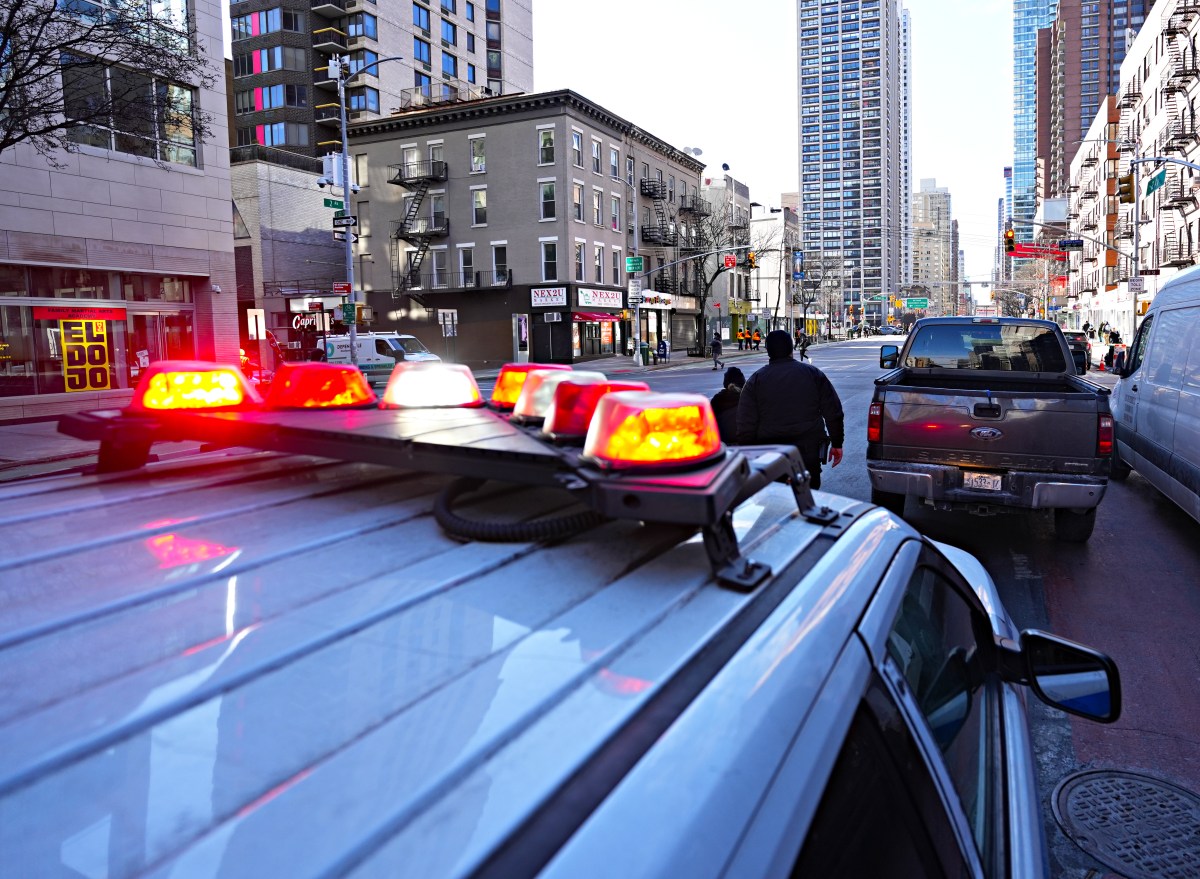The early roads in Queens and on Long Island were dirt paths that led from one community to another — or, because water transportation was important, to the nearest boat landing.
The roads had to be wide enough to permit a wagon pulled by a team of horses to be able to turn around without backing up. The names of the roads were simple, usually telling you where they went.
Some of the early roads followed Native American trails which were paths that generally followed the easiest way to get from one place to another. The Native Americans along the south shore were the Rockaways, and they moved trade goods over the Rockaway Trail, part of which later became Fresh Pond Road.
Here’s some details about some of Queens’ most famous streets which are still part of our lives today:
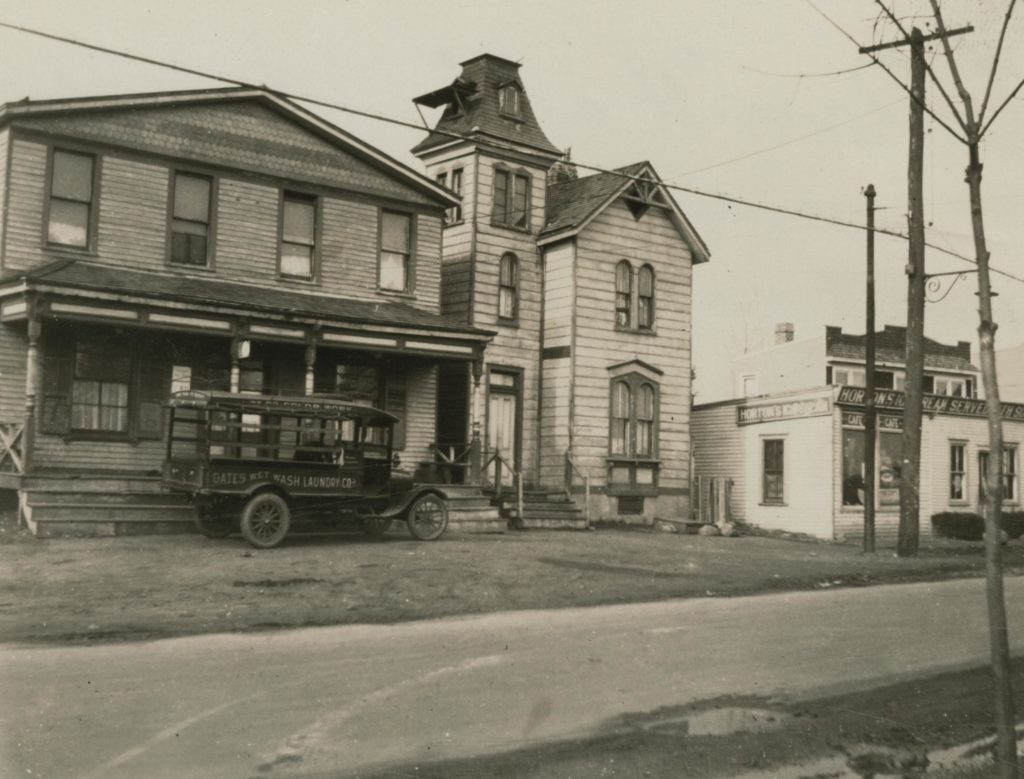
Dry Harbor Road (originally spelled Dry Harbour) was a wagon path created about 1780 from what is now 62nd Avenue and Woodhaven Boulevard, to the cluster of farms at Dry Harbour, the name from Cooper Avenue to Myrtle Avenue in proximity to this road.
To open up the lands for settlement, it was necessary to have roads so that the farmers could travel to and from their farms, and also to their wood lots where they chopped down trees to provide firewood to heat their homes in the winter time. The wagon path of 1780 replaced an earlier trail.
Whereas the South Meadow Road (present-day Woodhaven Boulevard) ran through the Hempstead Swamp and was a wet, boggy road, the Dry Harbour Road skirted the western edge of the swamp and was completely dry to the south. Although the road today (now 80th and 81st streets) stops at Myrtle Avenue, at one time, it proceeded south to the Brooklyn-Jamaica Turnpike (now Jamaica Avenue).
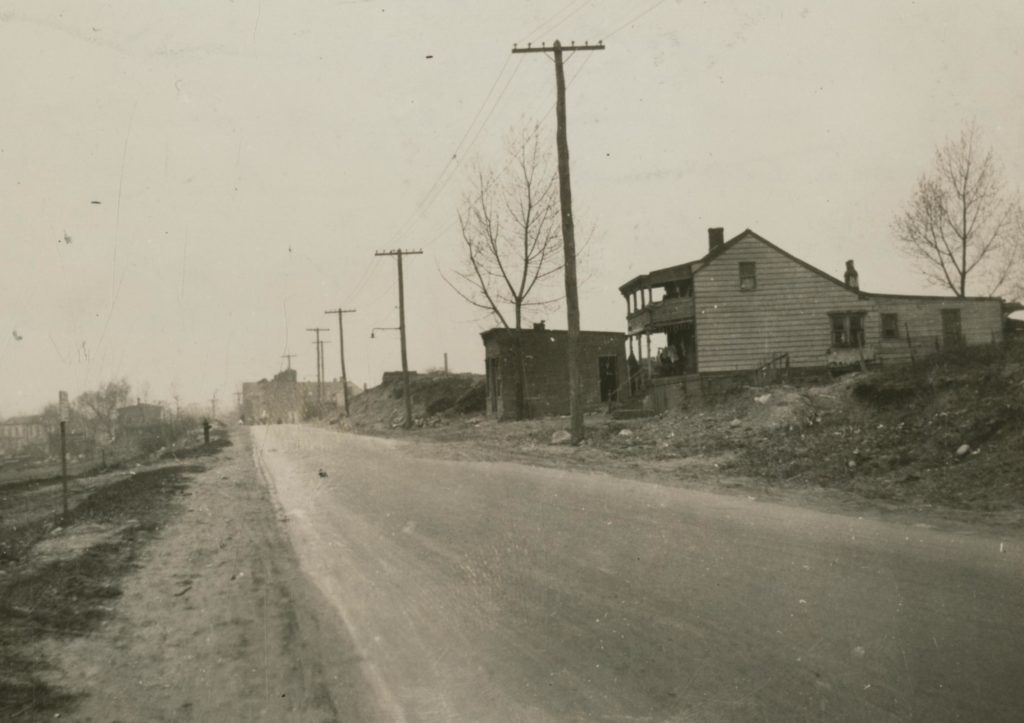
Cooper Avenue was named for Richard Cooper, who had a 40-acre farm that straddled the Kings/Queens County border. His farmhouse was on the south side of the road, about a quarter-mile west of what is now Cypress Avenue.
A portion of this road was laid out as a wagon path in 1800 from the Clam Battery (now Drumm Park, corner of Cypress Hills Street and Cooper Avenue in Glendale) to Dry Harbour and called New Dry Harbour Road. It was subsequently extended westward to Cooper’s farm and this portion became known as Cooper’s Road. Eventually, it was also extended eastward to what is now Woodhaven Boulevard.
Richard Cooper died prior to 1850, and his heirs leased his farmhouse to J. Farrell for use as a roadhouse. Farrell catered to the patrons of the Union Course Race Track in nearby Woodhaven.
Over the years, sections of Cooper Avenue were known by different names. In 1916, the portion from Irving Avenue to Cypress Avenue was Cooper Avenue, and from Cypress Avenue eastward to Woodhaven Avenue (now Woodhaven Boulevard), it was Copeland Avenue. In 1925, the section from Cypress Avenue to 60th Lane was called 78th Avenue. Eventually, the entire road became known as Cooper Avenue.

Fresh Pond Road, as mentioned, was part of the Rockaway Indian Trail and had been used possibly for several thousand years by the Rockaway Natives in going to and from Spring Creek and Newtown Creek. Because of the large number of clam shells found at what is now Drumm Park, apparently left there by natives as they used the trail, the area was called the Clam Battery in the early 1800s.
The trail led from Spring Creek along what is now Rockaway Parkway in Brooklyn to Rockaway Avenue, and then by a footpath that skirted the western end of what is now the Cemetery of the Evergreens and Holy Trinity Cemetery on the Brooklyn/Queens border in Ridgewood. The path worked its way through the hills by what was later called the Rockaway Pass, then along what is now Cypress Hills Street to Fresh Pond Road, passing the fresh ponds in the area.
After European settlers arrived in the 1600s, the old trail was called “Kills South Path,” as it led south from the kills, the Dutch word for creek or stream. It was also called the “Path to the Hills” as it led into the cypress hills. In order to develop farms, in the 1680s, the village of Newtown cut through a wagon path along the old Rockaway Indian Trail south to the top of the hills.
During the Battle of Long Island in the American Revolution, in August 1776, the British Army occupied Long Island; they would hold it until the war’s conclusion in 1783. Three years into British occupation, in 1779, the British Army cut a 30-foot-wide pass through the hills to connect Fresh Pond Road to Kings Highway (also known as Brooklyn Ferry Road and today called Jamaica Avenue). Subsequently, this portion of Fresh Pond Road became known as Stony Road.
If you look at a map and follow Fresh Pond Road south, it ends at Myrtle Avenue. Prior to 1914, Fresh Pond Road curved southeast at what is 69th Avenue, then wound its way to Jamaica Avenue.
In 1914, Fresh Pond Road was continued south to Myrtle Avenue; the portion of Fresh Pond Road south of Myrtle Avenue was renamed Cypress Hills Street until it reached Stony Road.
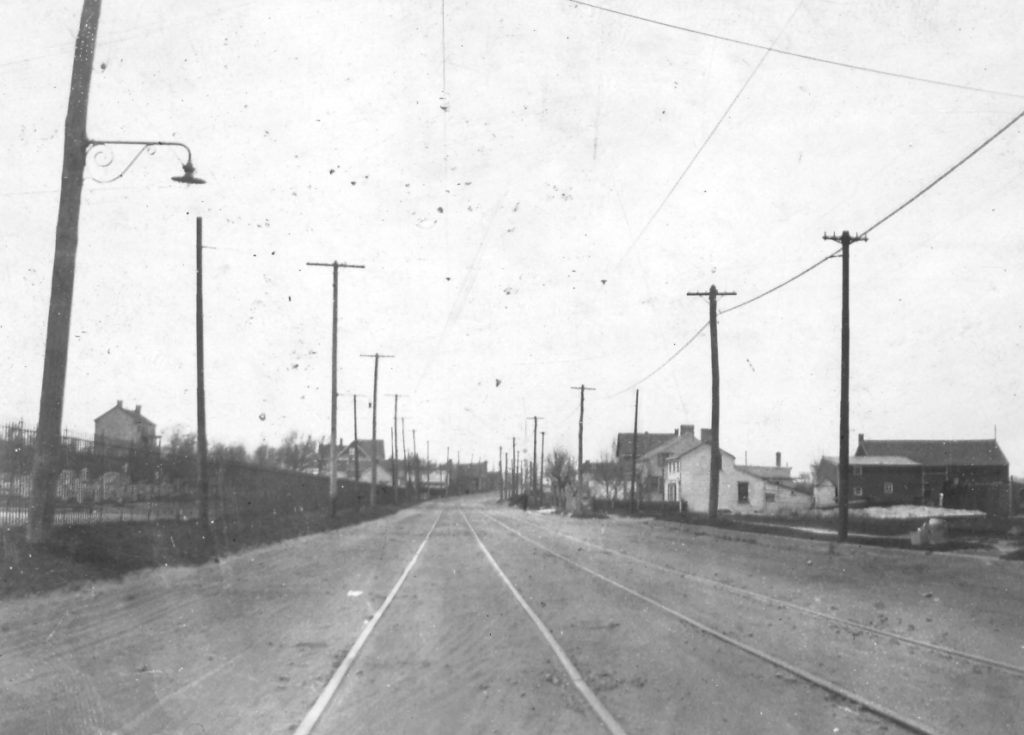
Unlike the other roads, Metropolitan Avenue was laid out in 1813 as the Williamsburgh-Jamaica Turnpike. It took three years to complete the seven-mile road from the Newtown Creek in Williamsburgh to the intersection of Van Wyck Street (now Van Wyck Expressway) and the Brooklyn-Jamaica Turnpike (now Jamaica Avenue).
Formally opened in September 1816, brothers Stephen and Samuel Masters operated the toll road. It was used by farmers from Long Island to bring their produce to the Grand Street ferry in Williamsburgh, which connected them to Manhattan and the all-important Catherine Street Market. The Williamsburgh-Jamaica Turnpike considerably shortened the distance for the farmers.
About 1840, Middle Village came into existence; it was so called because it was near the midway point of the turnpike, which ran through the heart of the neighborhood.
The Williamsburgh-Jamaica Turnpike was improved in 1849. Nine years later, the City of Brooklyn renamed the portion of the road in Brooklyn as Metropolitan Avenue. Then, in 1867, steel rails were laid along the road from the Grand Street ferry in Williamsburgh to Dry Harbor Road (now 80th Street) in Middle Village. This allowed a horse-pulled trolley to connect the Brooklyn and Queens neighborhoods.
In 1885, the toll was lifted and the turnpike became a public thoroughfare bearing the name Metropolitan Avenue.
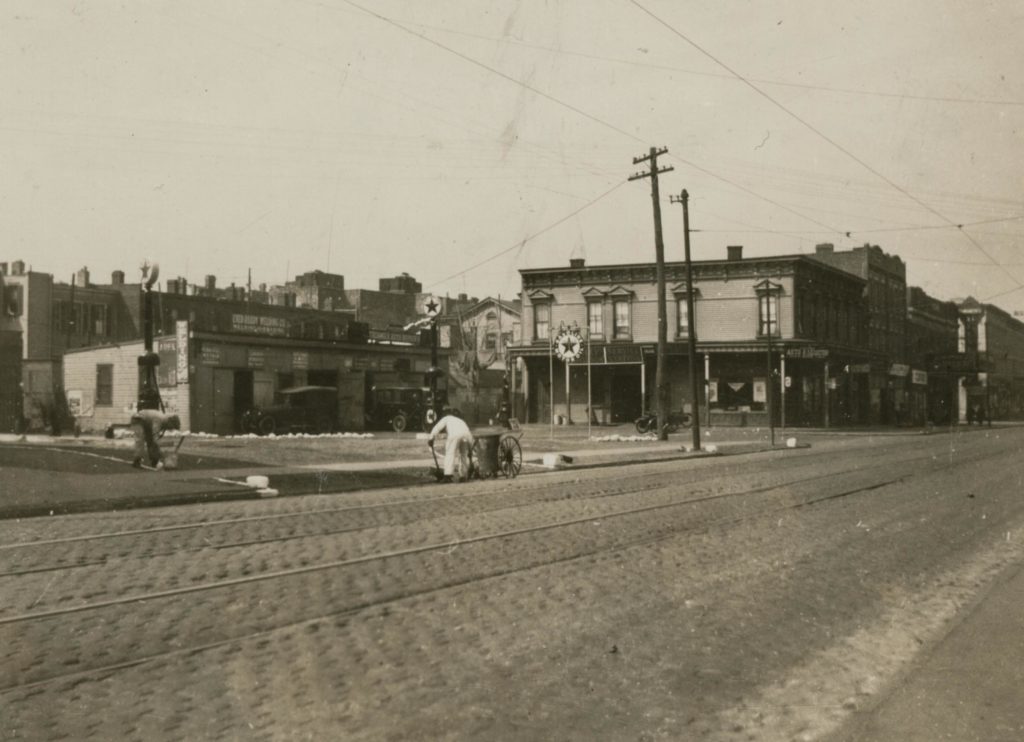
Myrtle Avenue originated in Kings County in 1835, running between Fulton Street and Nostrand Avenue. Four years later, it was extended into Broadway, and over the next 14 years was pushed through the Queens towns of Newtown and Jamaica.
In 1852, the Brooklyn-Jamaica Plank Road Company obtained a franchise to build a new plank toll road from the intersection of Myrtle Avenue and Cypress Hills Plank Road (Cypress Avenue) eastward for 5 1/2 miles until it intersected with the Brooklyn-Jamaica Plank Road (Jamaica Avenue) in what is today Richmond Hill. The following year, the company purchased a 70-foot-wide strip of land from farmers to allow for the road’s construction.
Opened on Jan. 1, 1854, Myrtle Avenue featured two planked tracks (wooden boards laid crosswise), each nine feet wide and separated by nine feet. Toll gates were erected at the western end at Cypress Hills Road, at Trotting Course Lane (Woodhaven Boulevard) and at the eastern end of the Brooklyn-Jamaica Plank Road.
The following year, the Brooklyn-Jamaica Plank Road bought out the stagecoach rights of the line that ran along Myrtle Avenue from Broadway in Brooklyn to Cypress Hills Road. They replaced the service with horse cars that ran along steel rails.
By 1865, the plank roads were floundering, as the planks had rotted and were not properly replaced, resulting in roads that were in poor condition. Eventually Myrtle Avenue between Cypress Hills Road and Jamaica Avenue became a public thoroughfare and tolls were discontinued.
Reprinted from the Aug. 22 and Aug. 29, 1985, issues of the Ridgewood Times and edited for format and style. Our thanks to the Queens Library Digital Archives for some of the pictures included in this article; visit the archive to check out more Queens history.
Share your history with us by emailing editorial[@]ridgewoodtimes.com (subject: Our Neighborhood: The Way it Was) or write to The Old Timer, ℅ Ridgewood Times, 38-15 Bell Blvd., Bayside, NY 11361. Any mailed pictures will be carefully returned to you upon request.

